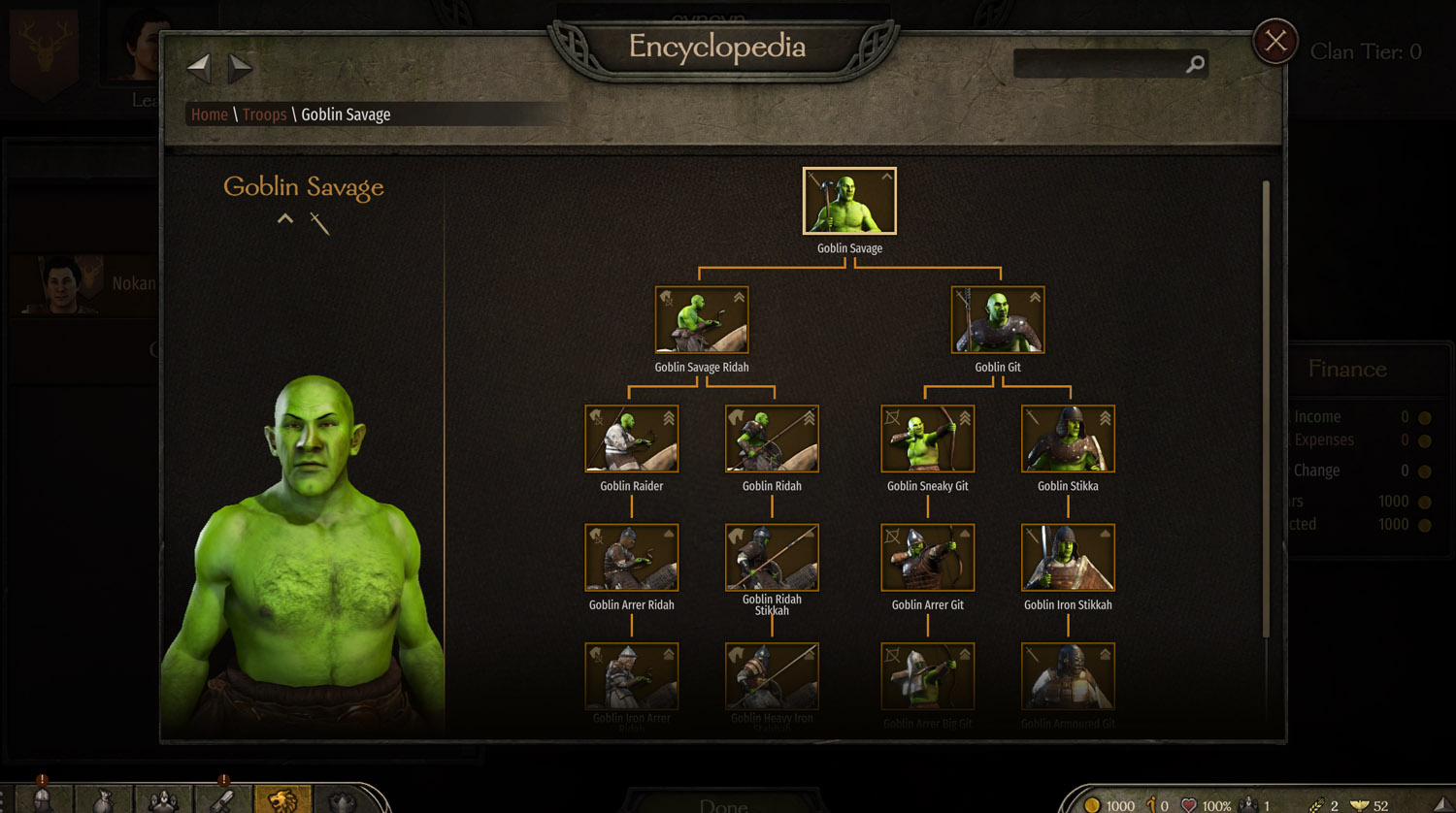
The story of those remarkable hours-and the thoughts and emotions of those aboard-isolated eight miles above America, escorted by three F-16 fighters, flying just below the speed of sound, has never been comprehensively told. Bush struggled even to contact his family and to reach Vice President Dick Cheney in the White House bunker. All the while, he and his staff grappled with the aftermath of the worst attack on American soil in their lifetimes, making crucial decisions with only flickering information about the attacks unfolding below. On board, President Bush and his aides argued about two competing interests-the need to return to Washington and reassure a nation and the competing need to protect the commander in chief. Bush, as well as 70 box lunches and 25 pounds of bananas-traversed the eastern United States. Shortly after the attacks began, the most powerful man in the world, who had been informed of the World Trade Center explosions in a Florida classroom, was escorted to a runway and sent to the safest place his handlers could think of: the open sky.įor the next eight hours, with American airspace completely cleared of jets, a single blue-and-white Boeing 747, tail number 29000-filled with about 65 passengers, crew and press, and the 43rd president, George W. But for a tiny handful of people, those memories touch American presidential history. Nearly every American above a certain age remembers precisely where they were on September 11, 2001.

Graff ( is the author of The Only Plane in the Sky: An Oral History of 9/11, and a former editor of POLITICO Magazine.


 0 kommentar(er)
0 kommentar(er)
